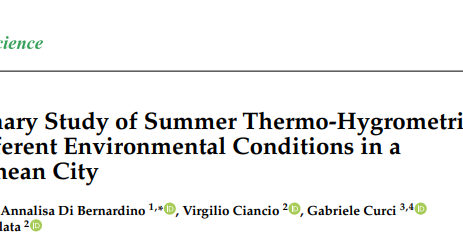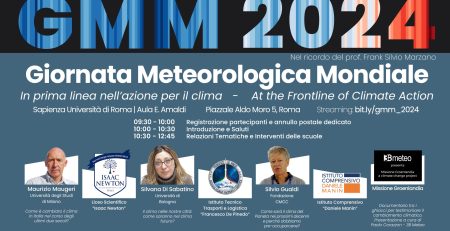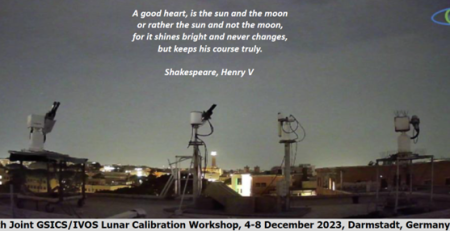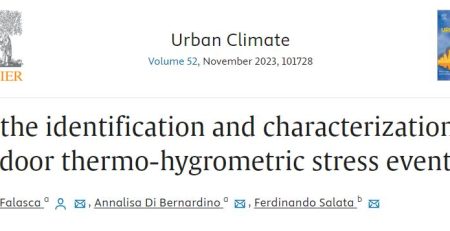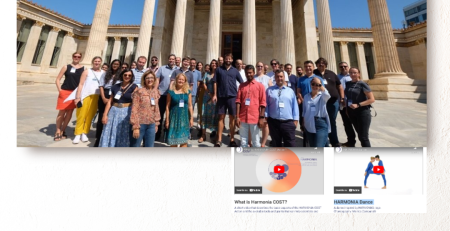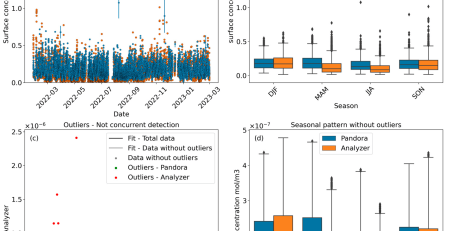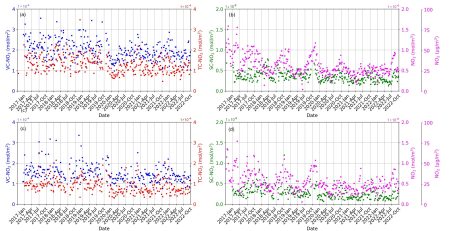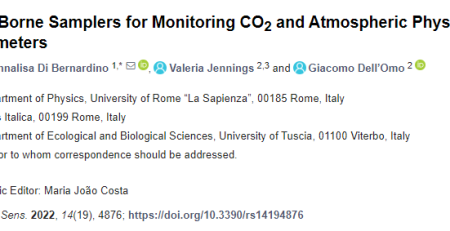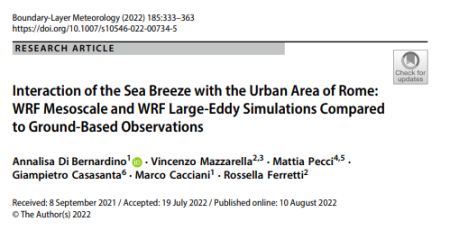Article published on Urban Science: A Preliminary Study of Summer Thermo-Hygrometric Comfort under Different Environmental Conditions in a Mediterranean City
The thermo-hygrometric sensation of pedestrians in outdoor environments can be quantified by means of bioclimatic indices. In this work, the Mediterranean Outdoor Thermal Comfort Index (MOCI) is applied in the city of Rome (Italy) for the purpose of investigating the effect of local environmental conditions (urban, suburban, rural) on pedestrian thermal comfort. Hourly values of MOCI are calculated for the May–September period in the years 2015–2021 using weather quantities acquired by the four monitoring stations of the Regional Agency for Environmental Protection included in the metropolitan area of Rome. MOCI data are analyzed based on the comfort and (cold/hot) discomfort conditions during both daytime and nighttime. At the urban station, 26% of daily records exceed the comfort threshold revealing the effect of urban overheating, whereas only 0.1% of hot discomfort occurrences are recorded overnight. Here, greater nighttime thermal comfort is experienced than in non-urban locations suggesting that the nocturnal thermo-hygrometric conditions are satisfactory for inhabitants in downtown Rome, despite the urban heat island. It also suggests that other factors, such as orography and atmospheric circulation, influence outdoor thermal comfort. The development of this work will therefore include at least these two elements.









